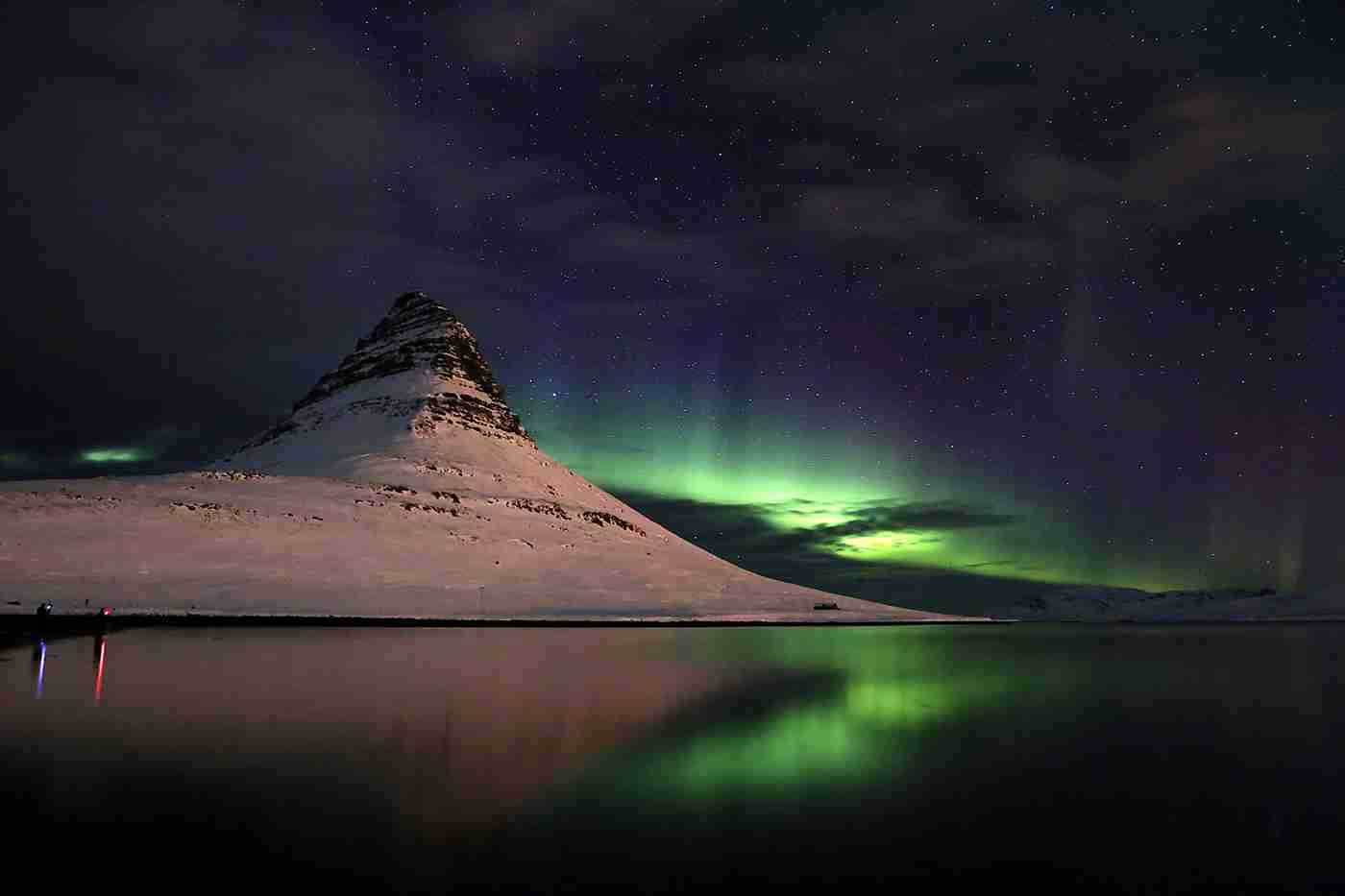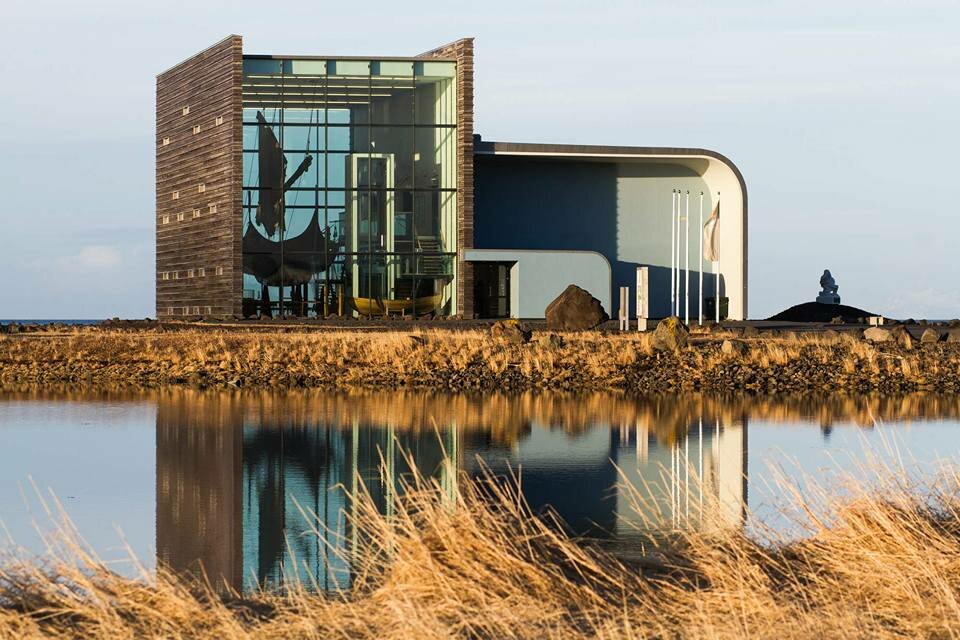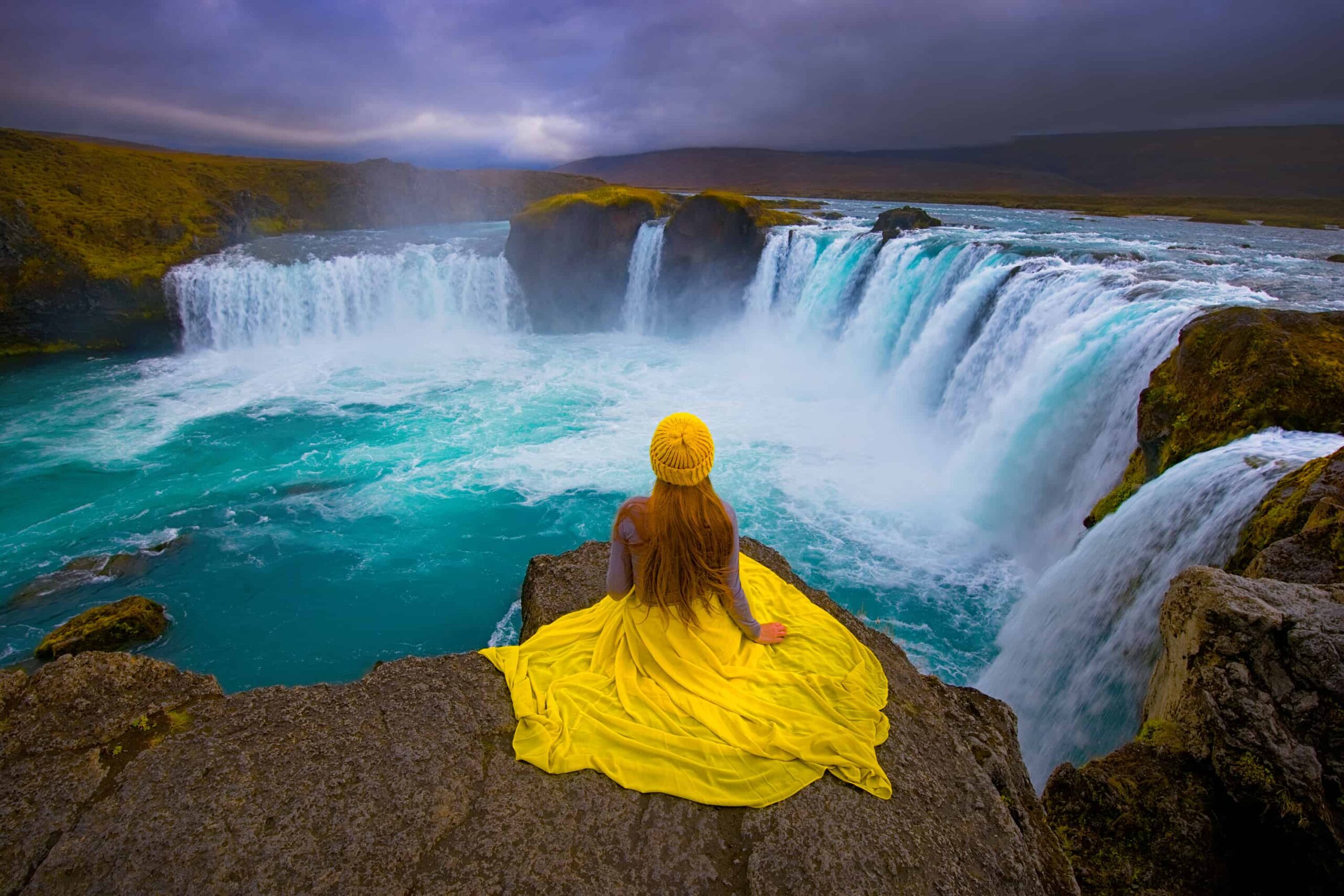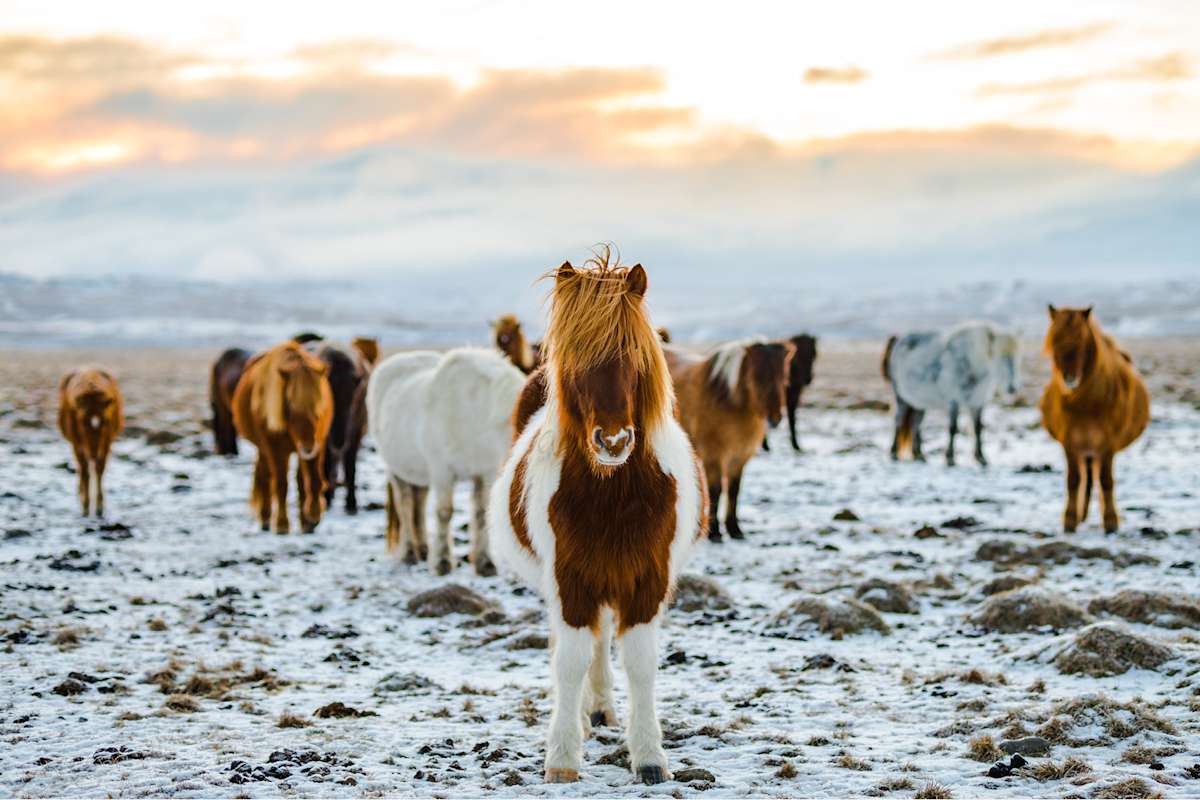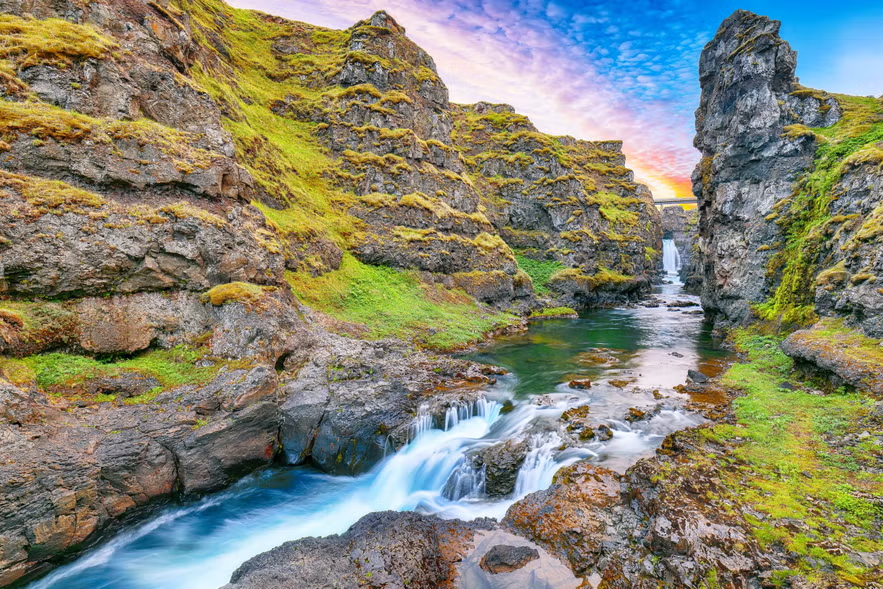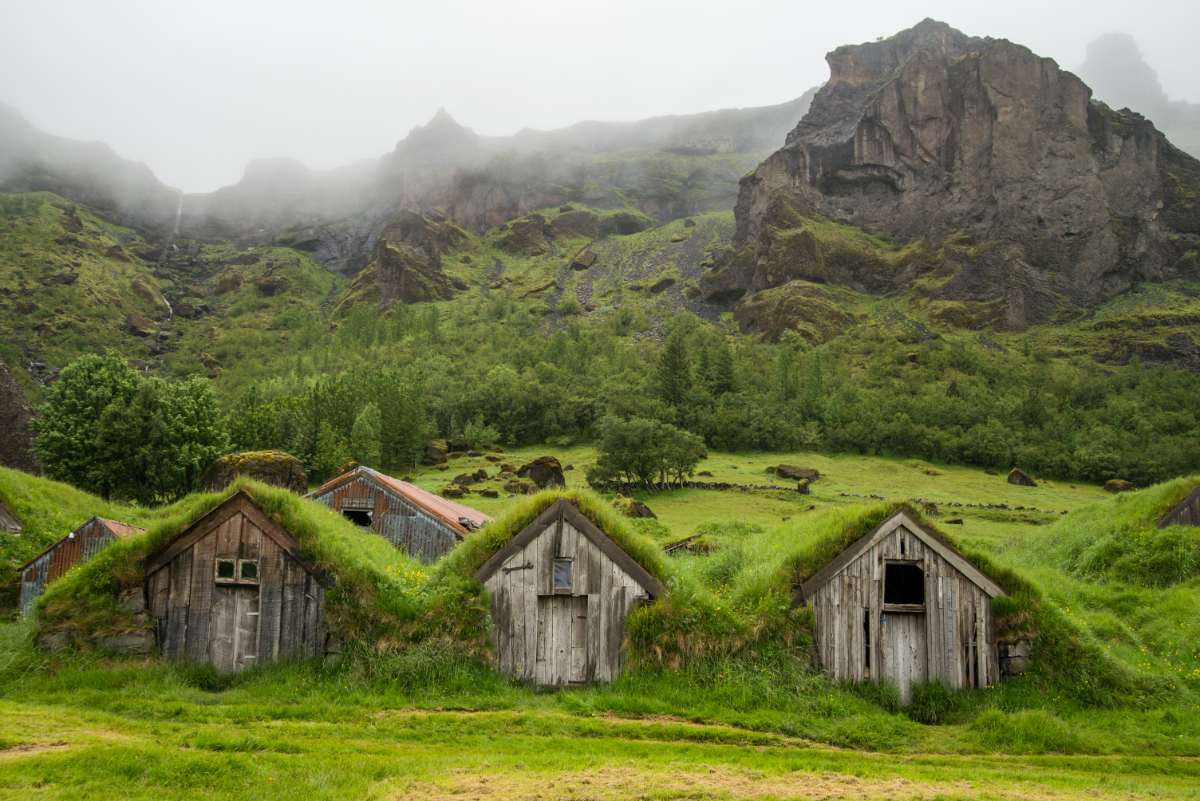Visiting Iceland in the Off-Season: Pros & Cons
Category
Categories
Travel Guide
Type
Glacier Lagoons, Bird Sights
Destination
Vatnajokull national Park
High season
Jun - Aug & Nov - Jan
Area
18 sq km
Outflow
Atlantic Ocean
Popular articles
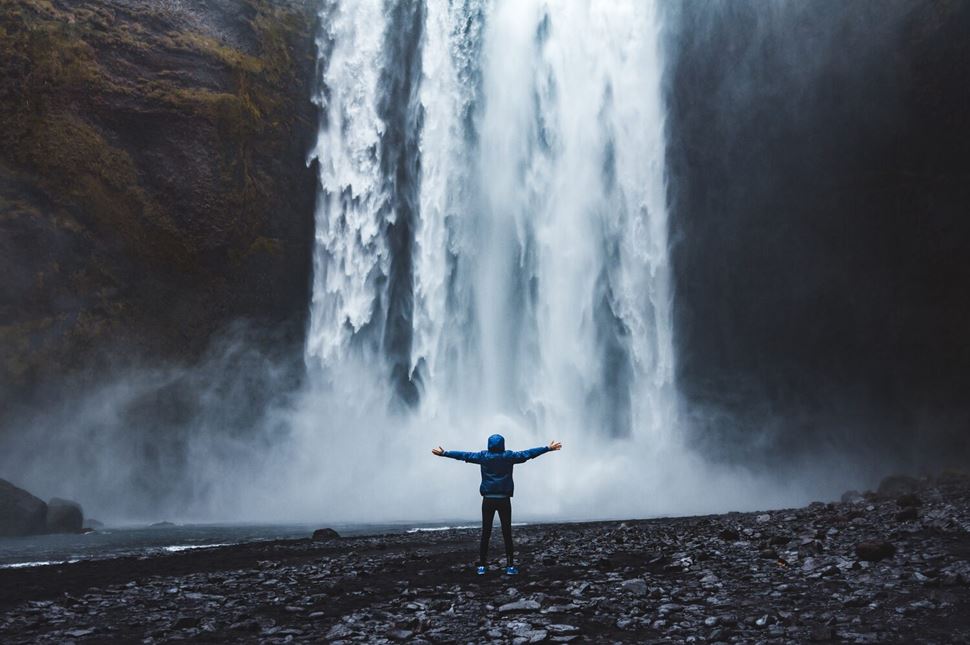
Introduction: Iceland, a mystical land where fire meets ice, is a country that captures the imagination with its dramatic and contrasting landscapes. Its relentless natural forces have sculpted an island of extreme beauty and untamed nature. Volcanoes, glaciers, waterfalls, geysers, and hot springs – each a testament to Iceland’s geological variety and dynamism. Yet one of the most captivating experiences is visiting Iceland in the off-season, where this enchanting land takes on an entirely different persona.
Visiting Iceland in the off-season presents pros and cons. Still, it promises unique experiences, from the chance to witness the mesmerizing Northern Lights to experiencing the tranquility of popular tourist spots without the summer crowds. This guide will detail the pros and cons of an off-season visit, detailing the magic, allure, and practicalities of experiencing Iceland in these quieter months.
The Magic of the Northern Lights:
Arguably one of nature’s most hypnotic performances, seeing the aurora borealis or Northern Lights is an experience like no other. Dancing, luminous waves of green, purple, and pink light up the night sky, creating an ethereal spectacle. The best time to catch the lights is in the winter months, from late September to early April, as the nights are long and dark. This astronomical delight underpins one of the main advantages of visiting Iceland in the off-season.
While the somber winter sky may seem oppressive during the day, come nightfall; it becomes a canvas for this entrancing natural light show. Stand awe-struck beneath swirling auroras as they paint streaks of glowing radiance across the darkness, feeling connected to the celestial artistry above you. Remember, sightings are never guaranteed, but patience, clear skies, and a little luck, might reward you with an unforgettable experience.
Winter Landscapes and Wildlife:
Visiting Iceland during the winter months reveals a land transformed. A shimmering blanket of snow covers the volcanic landscapes, and azure icebergs stand in striking contrast against the winter-white canvas. The result is a breathtaking winter wonderland that only off-season visitors have the luxury to see.
Encounter Icelandic wildlife such as seals and unique bird species, including the charming puffin, which you might spot even during the off-season. Remember that wildlife sightings are not as abundant as during the on-season, but animal lovers will still have a fair chance to see them in their natural habitat.
Quieter, More Personal Experience:
The tranquility of the off-season is another benefit. Popular attractions like the Golden Circle or the black sand beaches at Reynisfjara are noticeably less crowded, allowing for a more personal, serene experience. You might find yourself standing alone beneath the thundering waterfall of Skógafoss, contemplating the sheer power and beauty of the roaring water as it crashes down, almost in reach.
Reduced Prices:
Off-season also typically means reduced prices for flights, accommodations, and tours, making an Icelandic adventure much more affordable. Hotels often lower their rates significantly during these months, and car rental prices also tend to drop.
The Cons
Cold and Unpredictable Weather:
Winter in Iceland does come with its challenges, though. The weather can be unpredictable and occasionally severe. Snowstorms can make driving conditions hazardous and occasionally lead to road closures, which could disrupt travel plans.
Limited Daylight:
During December and January, daylight is limited to only a few hours. This reduced visibility can restrict sightseeing activities, but it enhances other experiences like stargazing and aurora hunting.
Closed Facilities:
Some facilities and tour operators close during the winter, either due to weather conditions or a lack of visitors. Some roads, especially those leading to the mountainous interior or the F roads, are usually closed until late June due to snow.
Despite these potential difficulties, a winter’s visit to Iceland is a unique experience for the adventurous traveler. The off-season is a time of serene landscapes, dramatic skies, and a more relaxed pace of travel. With a flexible itinerary and a spirit for adventurous exploration, winter visitors to Iceland can explore this magical country without the summer crowds.
Iceland’s culture is deeply connected to its natural wonders, rooted in a historically nomadic society that thrived in this sometimes harsh and unforgiving land. Visiting Iceland in the off-season thus offers an insight into a different side of Iceland, away from the manic summer tourism but filled with raw natural beauty and cultural discovery.
To experience it at its wildest and most magical, book your flight, prepare for an adventure, and visit Iceland during the quieter months. The opportunity to experience such unspoiled beauty, under the glow of the Northern Lights, in an area steeped in history and folklore, is simply too good to pass up.

